
Ascent Log
Many talented climbers have made their way up this iconic route. To find out more ascents of Astroman, take a look at 8a.nu.
| Climber | Suggested Grade | Date of Ascent | Notes |
|---|---|---|---|
| Warren Harding, Chuck Pratt, Glen Denny | 5.11c/6c+ | July 1959 | First aided ascent of Astroman. |
| John Bachar, John Long, Ron Kauk | 5.11c/6c+ | May 1975 | First free ascent Climbing Magazine |
| Peter Croft | 5.11c/6c+ | 1987 | First free solo ascent. Croft also linked up Rostrum on the same day. |
| Dean Potter | 5.11c/6c+ | 2000 | One of Dean Potters many free solos on El Cap. |
| Alex Honnold | 5.11c/6c+ | 2007 | Video |

Climb Profile
The Route
Astroman is an 11-pitch climb that follows a virtually uninterrupted crack system from the base of Washington Column. The route is known for its sustained difficulty, with only the fourth pitch rated below 5.10. The most challenging sections are the 2nd and 3rd pitches, known as The Boulder Problem and the Enduro Corner, respectively.
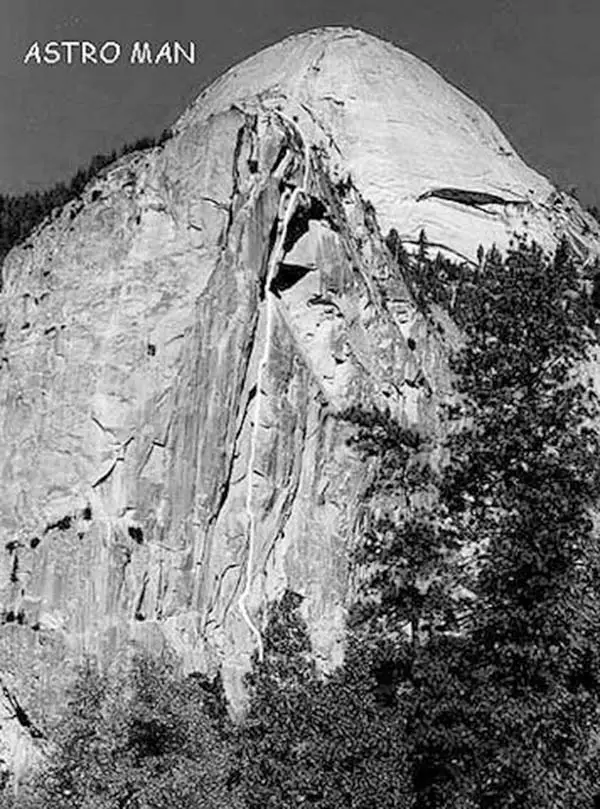
The route also features a burly section of 5.11c climbing in the middle of pitch 6, dubbed The Harding Slot. The Boulder Problem is the technical crux, but Pitch 3 is the real business – sustained and overhung laybacking and stemming in a beautiful right facing corner for about 100 feet. The trick in The Harding Slot is pulling yourself into a chimney roof from a fingers and hands crack down below. Probably not a good idea to climb this in shorts.
The difficulty of this route comes largely from how sustained the climbing is. For this to have been climbed in 1975, exclusively with nuts, hexentrics and a few pitons is a tale fit for the bards to still be singing many years from now. Imagine, just for a moment, trying to lead a route like this without your trusty Totems. Can’t do it, can ya?
First Aided Ascent
July 1959: Warren Harding, Chuck Pratt, Glen Denny
The first ascent of Astroman was made by Warren Harding, Chuck Pratt, and Glen Denny in 1959. This was no ordinary ascent; it was a year-long expedition, a fixed rope journey that spanned from the base to the summit. The trio’s reliance on aid was extensive, with an estimated 225 aid placements utilized throughout the climb. The route’s unique characteristics included an overhang that persisted over much of its 1100-foot elevation, coupled with a vexing lean to the right on numerous pitches, which added to the strenuous nature of the climb—even when using aid.
First Free Ascent
May 1975: John Long, Ron Kauk, John Bacher
The first free ascent was made in 1975 by John Long, Ron Kauk, and John Bachar. This ascent marked a turning point in the history of rock climbing, as it was the first time a legitimate big wall had been free climbed. The year was 1975. The first one-day ascent of The Nose Speed Record on El Capitan had just been completed by Jim Bridwell, John Long and Billy Westbay.
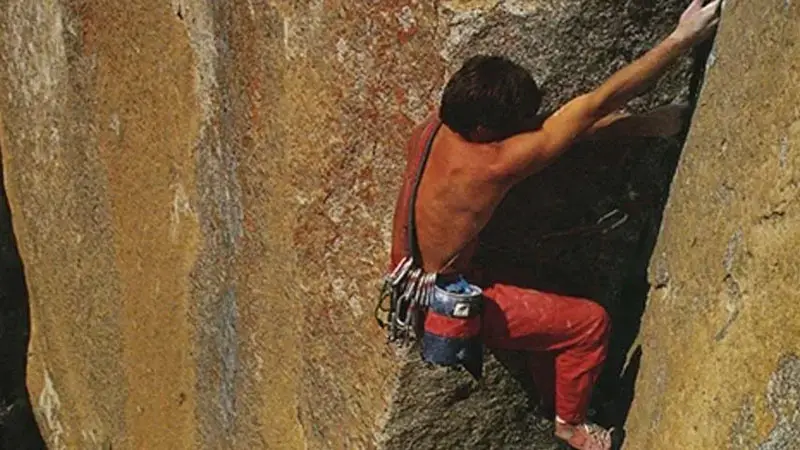
The climbing world reeled from this latest accomplishment of the famed Stonemasters, but in keeping with the attitude of this generation of climbers, the buck did not stop there. A free-climbing revolution was afoot. Aid routes, formerly thought to be beyond the reach of even the strongest climbers, were suddenly seeing free ascents.
A relatively small group of elite climbers skulked the granite halls of Yosemite Valley during this time. Among them were John Bachar (18), Ron Kauk (18) and John Long, the “old man” of the group at 22 years old. In the spring of ’75, after each had done their own reconnaissance over a period of about three years, the trio walked up to the base of what was then called the East Face of Washington Column, flexing their fingers as if for a fight.
The team assembled for this attempt was doubtless the best suited for the task. Ron Kauk and John Bachar, already insanely strong, had made it their mission to free-climb the most difficult routes in Yosemite; this was just the next item on the tick list. John Long, through various feats, had already earned himself legendary status in Yosemite. Long – likely all three of them – had climbed the route before using a mixture of aid and free climbing.
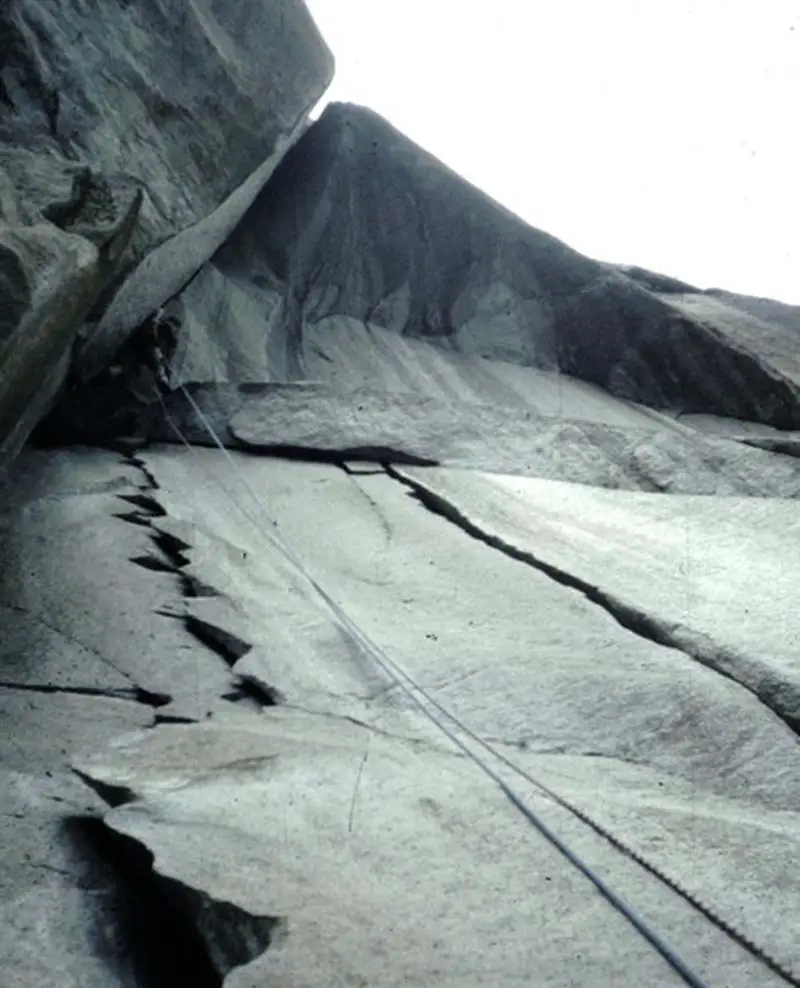
That is an impressive feat on its own – the right trending path of the crack system make even aid climbing incredibly strenuous. One perk, though, was that it gave Long some insight on what free climbing the route would look like; a bittersweet perk, as he knew from past experience that the final pitch might shut down the whole mission. The team traded leads on the route. Bachar took the reins on the boulder problem, cruising it without a second thought. Kauk stepped up for the next pitch, making short work of the Enduro Corner. Everything was going swimmingly, right up until an aid team ahead of them slowed progress to a halt. Our three heroes rappelled down to the valley floor.
The next day, they returned and completed the climb, a long and arduous day which ended with John Long tackling the final pitch in heroic (albeit terrifying) style. Beaten, battered and scarred, the three amigos grabbed their gear and made a beeline for the valley floor. The cold beer was waiting.
First Free Solo Ascent
1987: Peter Croft
Astroman is one of Peter Croft’s most impressive free solos. Not only was this the first free solo of Astroman, Croft went on to link up Astroman and Rostrum in the same day!

Legacy
Since its first free ascent, Astroman has gained worldwide fame and is considered one of the most continuously difficult routes in Yosemite. The legendary Alex Honnold followed in Peter Croft’s footsteps by also free soloing Astroman and Rostrum in the same day back in 2007. The route continues to inspire climbers and is a testament to the audacious spirit and relentless determination of those who dare to take it on.
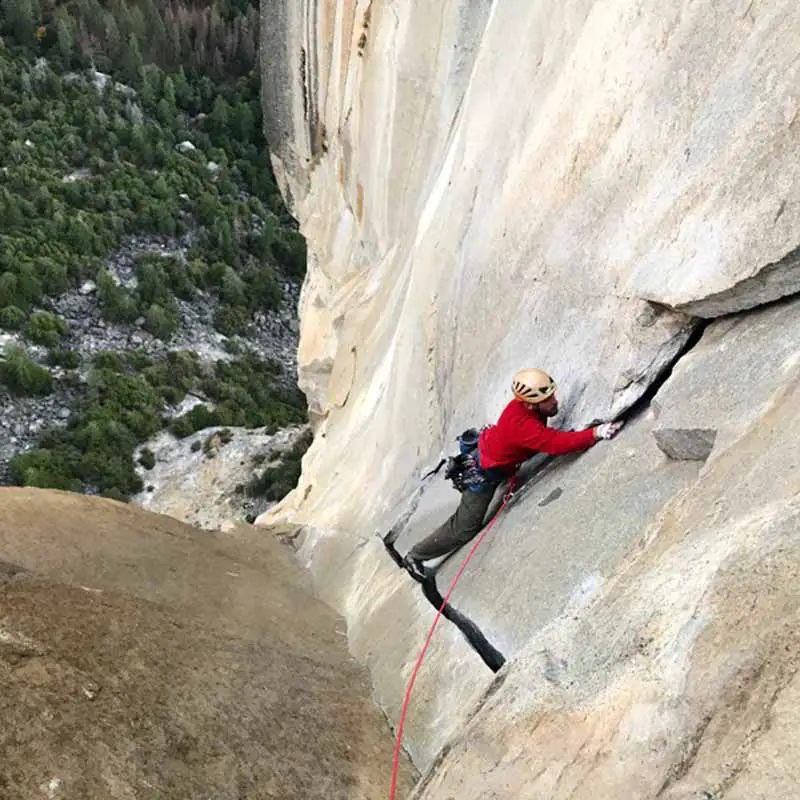
It remains a benchmark in the world of rock climbing, challenging climbers to push the boundaries of what is possible. This was the first time that a legitimate big wall had been free climbed. Shattering the ceiling was a near-daily routine for these guys, but it is likely none of them understood what they had accomplished in freeing Astroman.
They took the bar and – instead of merely raising it a couple of notches – broke it clean in half, challenging even the most visionary climbers to reevaluate what was possible. This route was, at the time, one of if not THE most difficult free climb in the world; nothing else even came close to matching Astroman in its length and sustained difficulty. For these guys, it was just another day in the park.

Video Library



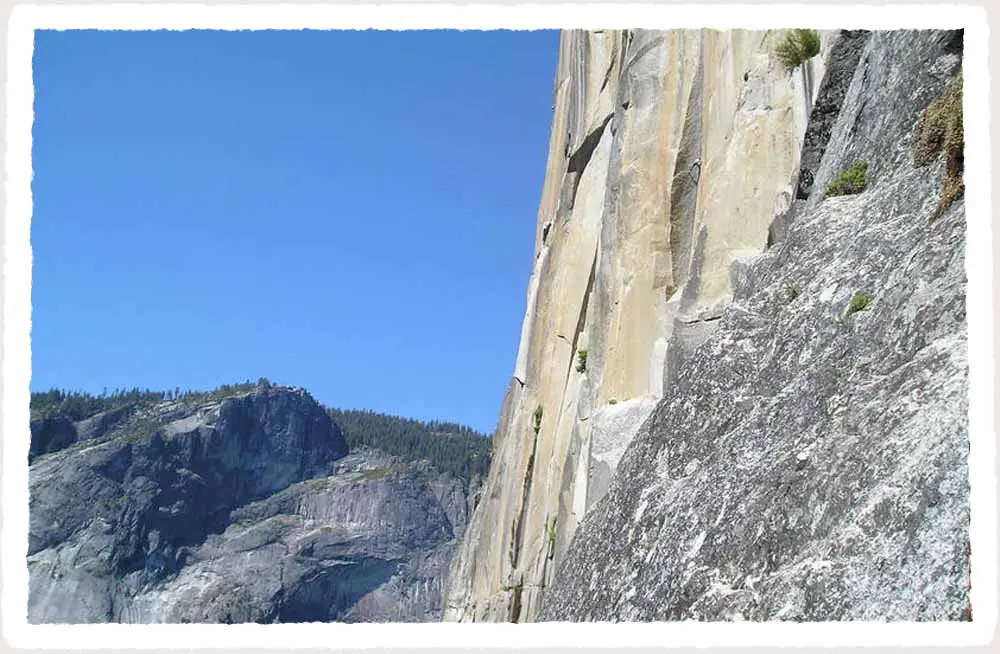
Great respect to Great Legends in Yosemite National Park
from a Japanese climber/kayaker/MD, PhD